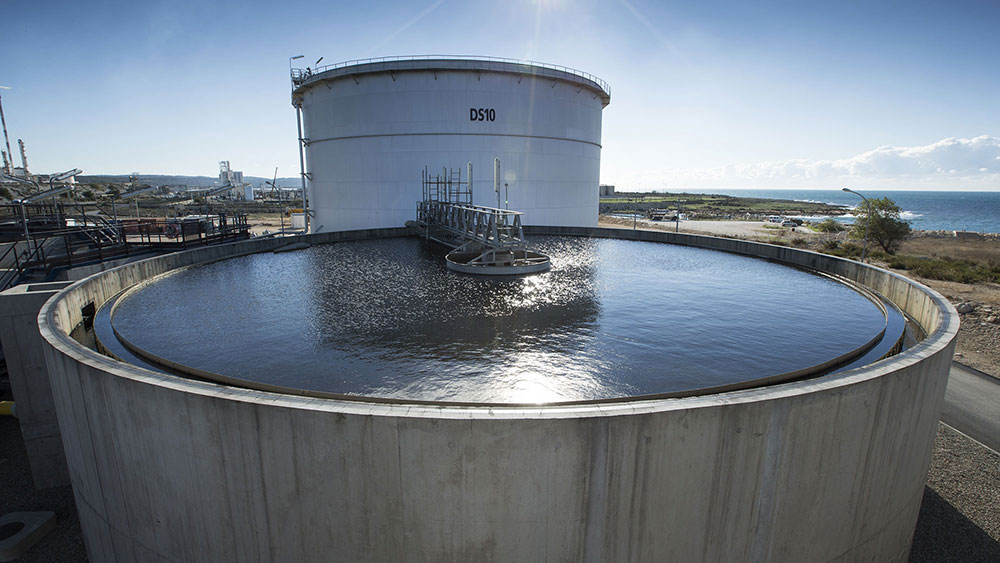In wastewater treatment using the activated sludge process, the concentration of Mixed Liquor Suspended Solids (MLSS) is a critical parameter. MLSS refers to the concentration of suspended solids in the aeration tank or biological reactor of biological wastewater treatment systems. These suspended solids consist of a mixture of organic and inorganic materials that are utilized by bacteria in the wastewater.
Importance of MLSS in Wastewater Treatment
Treatment Efficiency:
MLSS directly impacts the efficiency of wastewater treatment systems. Higher concentrations of microorganisms in the reactor increase the capacity to degrade organic pollutants, thereby improving treatment efficiency.
Operational Costs:
MLSS affects operational costs by influencing aeration requirements. Higher MLSS concentrations necessitate more oxygen for microorganism growth, leading to increased energy consumption and operational expenses.
Sludge Production:
Increased MLSS concentrations result in higher microbial populations, leading to increased sludge production. Managing excess sludge can add to disposal costs and operational complexity.
Process Control and Optimization:
Continuous measurement and control of MLSS allow for optimization of treatment processes. This parameter is crucial for maintaining stable and efficient operation of biological reactors.
Factors Influencing MLSS Concentration
Several factors influence MLSS concentration:
- Influent Organic Load: Higher organic loads require higher MLSS concentrations to ensure effective treatment.
- Hydraulic Retention Time (HRT): Longer HRT provides microorganisms with more time for growth and enhances MLSS concentration.
- Cellular Retention Time: Increasing cellular retention time or sludge age promotes microbial growth and increases MLSS concentration.
- Wastewater Temperature: Warmer temperatures accelerate microbial growth, leading to higher MLSS concentrations.
- Nutrient Availability: Presence of nutrients like nitrogen and phosphorus facilitates microbial growth and increases MLSS concentration.
- Wastewater Composition: Wastewater with toxic compounds or unfavorable compositions may limit microbial growth and reduce MLSS concentration.
Measurement of MLSS
MLSS concentration is determined by sampling wastewater from the biological reactor, ensuring the sample represents the entire reactor environment. The sample undergoes filtration through a standard filter to separate suspended solids. The filtered solids are dried and weighed to calculate MLSS concentration, typically reported in mg/L.
Conclusion
In conclusion, MLSS concentration is a crucial parameter in biological wastewater treatment, impacting treatment efficiency, operational costs, and sludge production. Effective management and control of MLSS are essential for optimizing treatment processes and ensuring compliance with discharge standards.

